When you think of the humble honeybee, what comes to mind? I’m guessing honey. Honey is known as nature’s liquid gold for good reason. It is not only a natural sweetener, but it also has a number of medical advantages. It has been used medicinally since early human civilization to aid in the healing of wounds, the prevention of infections, and the treatment of common cold symptoms. Honey’s antifungal, anti-inflammatory, and antibacterial properties are well known in the scientific community.
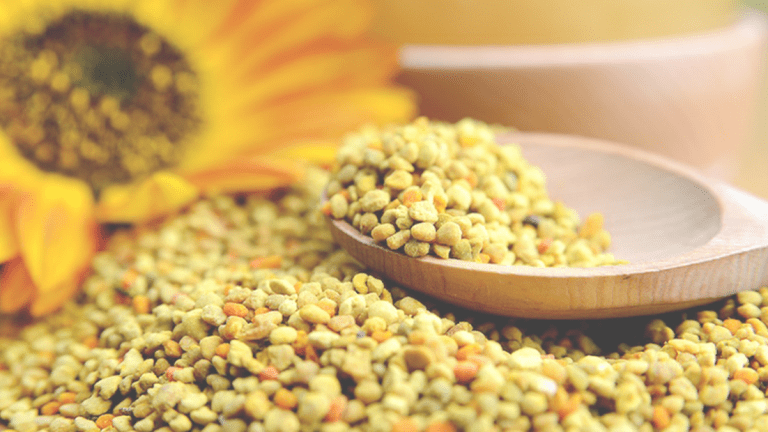
The Importance of the Honeybee
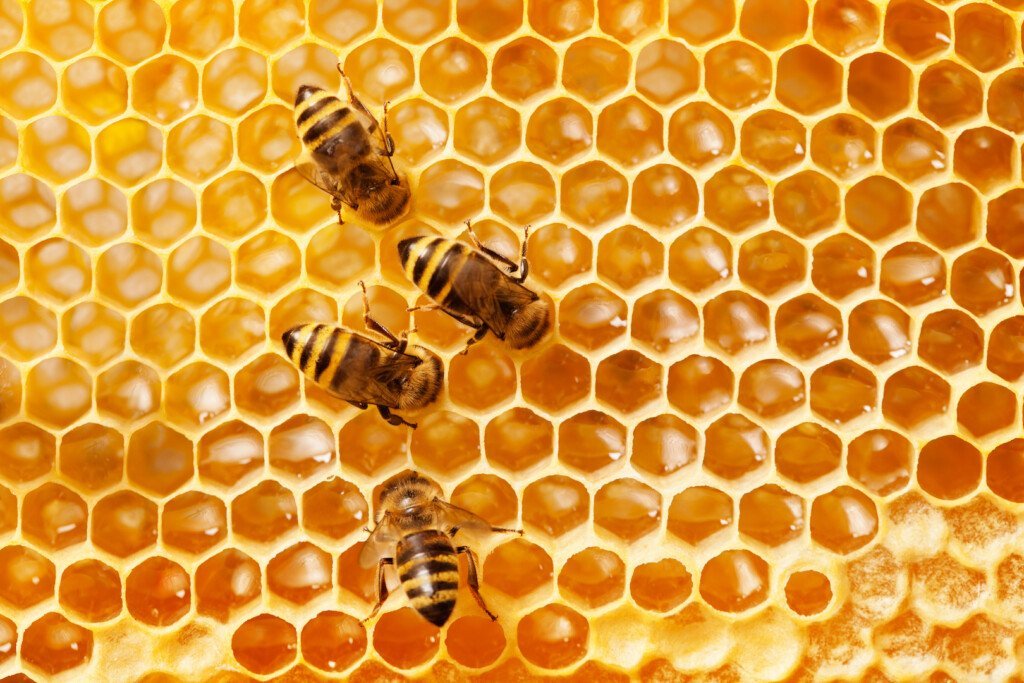
The honeybee’s importance to our ecosystem is one of the primary reasons industrial agriculture has survived throughout time. Bees pollinate nearly 100 of the widely cultivated foods on which our society depends, including apples, almonds, broccoli, strawberries, and blueberries. Pollination of crops is actually contracted out by orchardists and farmers. During the pollinating season, beekeepers can mobilize their hives and bring them in. As a result, extracting honey and other bee products allows these beekeepers to make a living from their work. Although honey is the most well-known product associated with bees, bee pollen is a lesser-known (but no less valuable) product gathered by bees. Actually, bee pollen is responsible for many of the health advantages of raw, unfiltered honey! A bee’s life begins with a feast on bee pollen. Many sediments, such as honeycomb, propolis, and pollen, remain when honey is not heated or filtered. The trace nutrients are found in these sediments.
How Is Bee Pollen Collected?
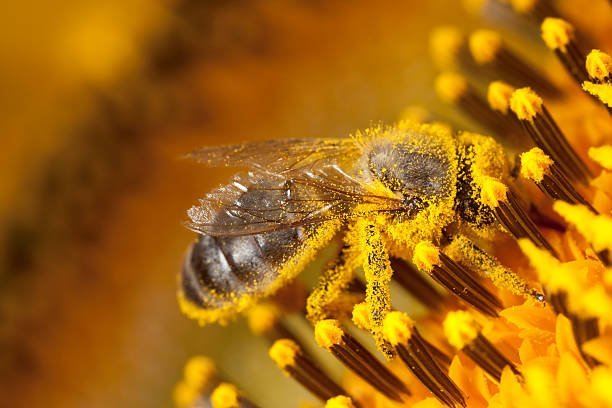
Bees collect pollen from seed plants’ anthers. When bees collect pollen, they mix it with nectar or a small fluid from their salivary glands. They then tuck it behind their hind legs into what you may call small saddlebags. They then take their valuable cargo back to the hive, where it is divided into separate honeycomb cells by the flightless worker bees. A small coating of honey and wax is used to delicately seal off each cell. This material, which was generated by worker bees, goes through an anaerobic fermentation process. Due to lactic acid, this “bee bread” is maintained and serves as the primary protein supply for the bee colony. Bee pollen is one of the primary components of a hive’s sustenance.
How Do Beekeepers Collect Bee Pollen?
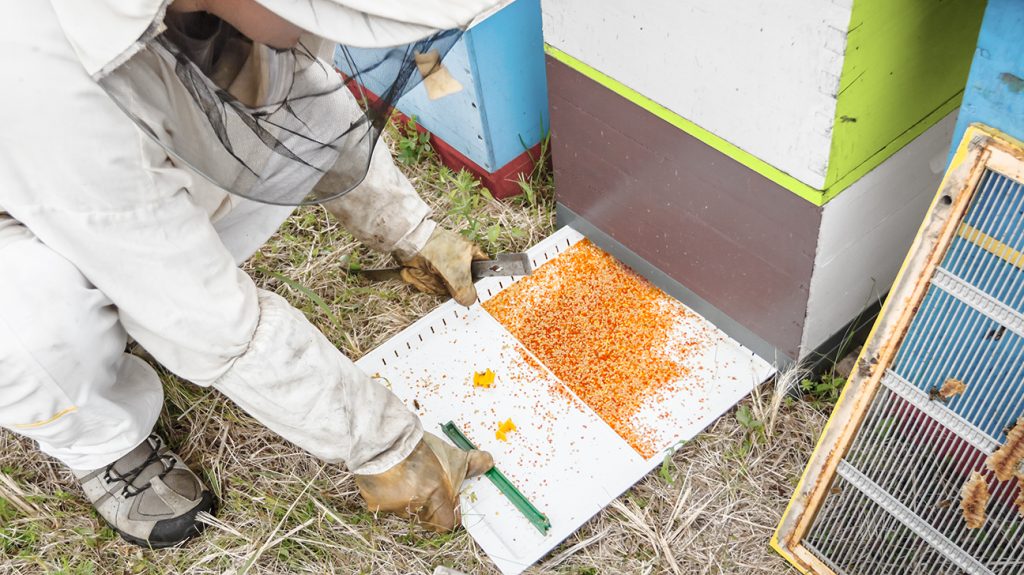
Beekeepers install little pollen traps to the hive’s entrance locations. The pollen trap gently scrapes some of the pollen off the bee’s legs as it re-enters the hive with its harvest. Following that, the pollen is gathered on a separate tray or another catchment beneath the hive for easier harvesting. Bee pollen harvesting in this method mobilizes bees and increases the number of flights and foragers. According to national data, beehives can generate anywhere from 1 kilogram to 7 kilograms of bee pollen per year, averaging 50 to 250 grams per day.
The Different Types of Bee Pollen
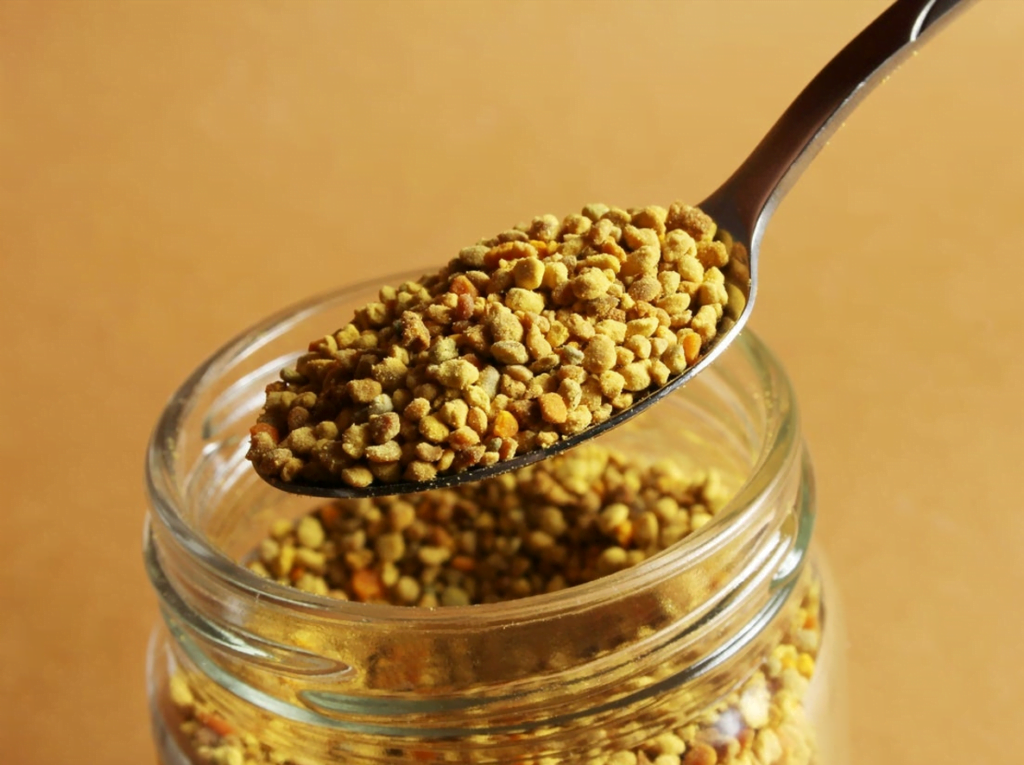
The quality and content of specific bee pollen varies according to geographical location, plant source, climate conditions, soil type, and bee type. Pollen grains vary in size, color, shape, and weight from plant to plant. The variations in hue of bee pollen are most noticeable. The colors can range from bright yellow or orange to black!

